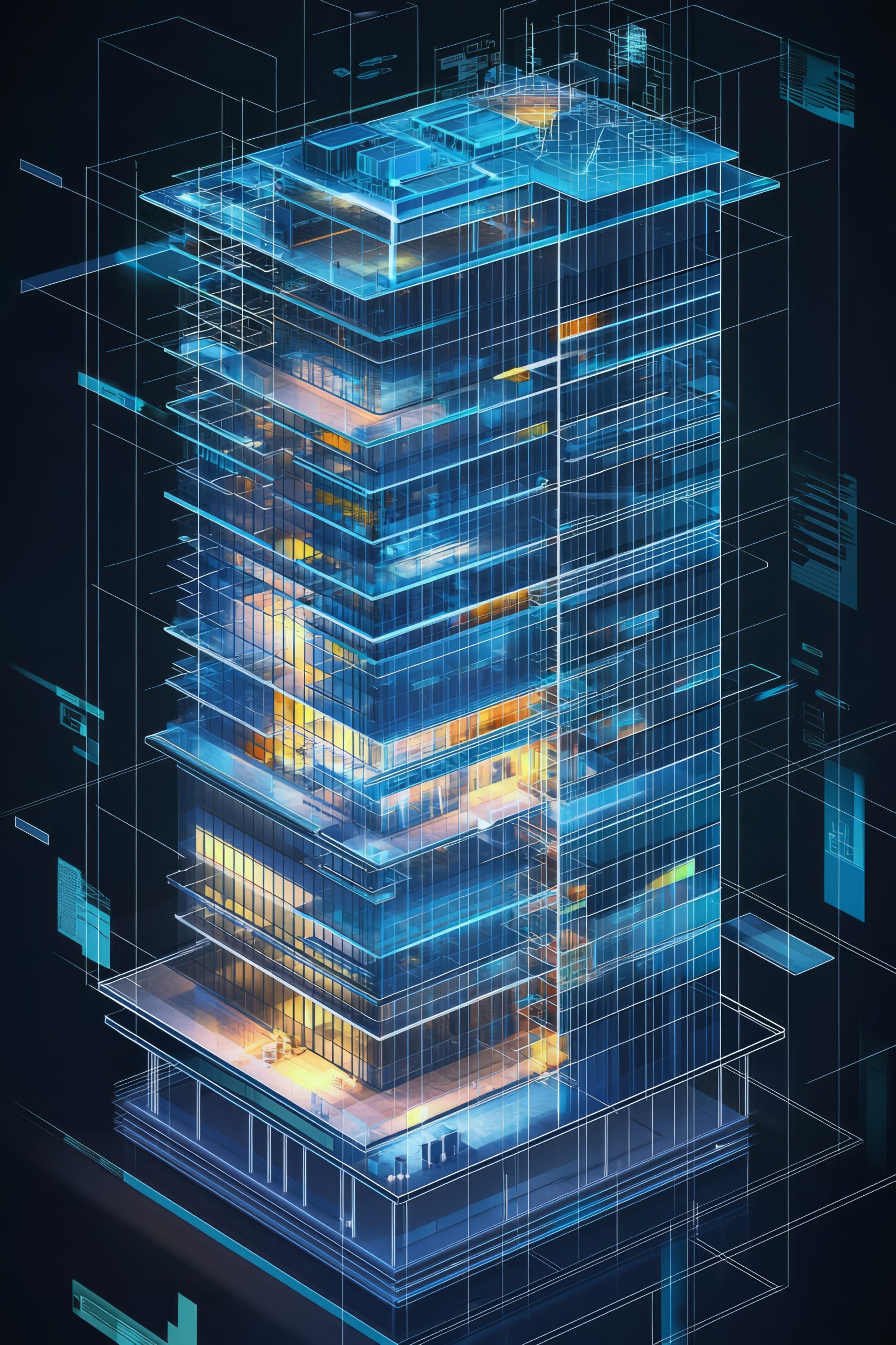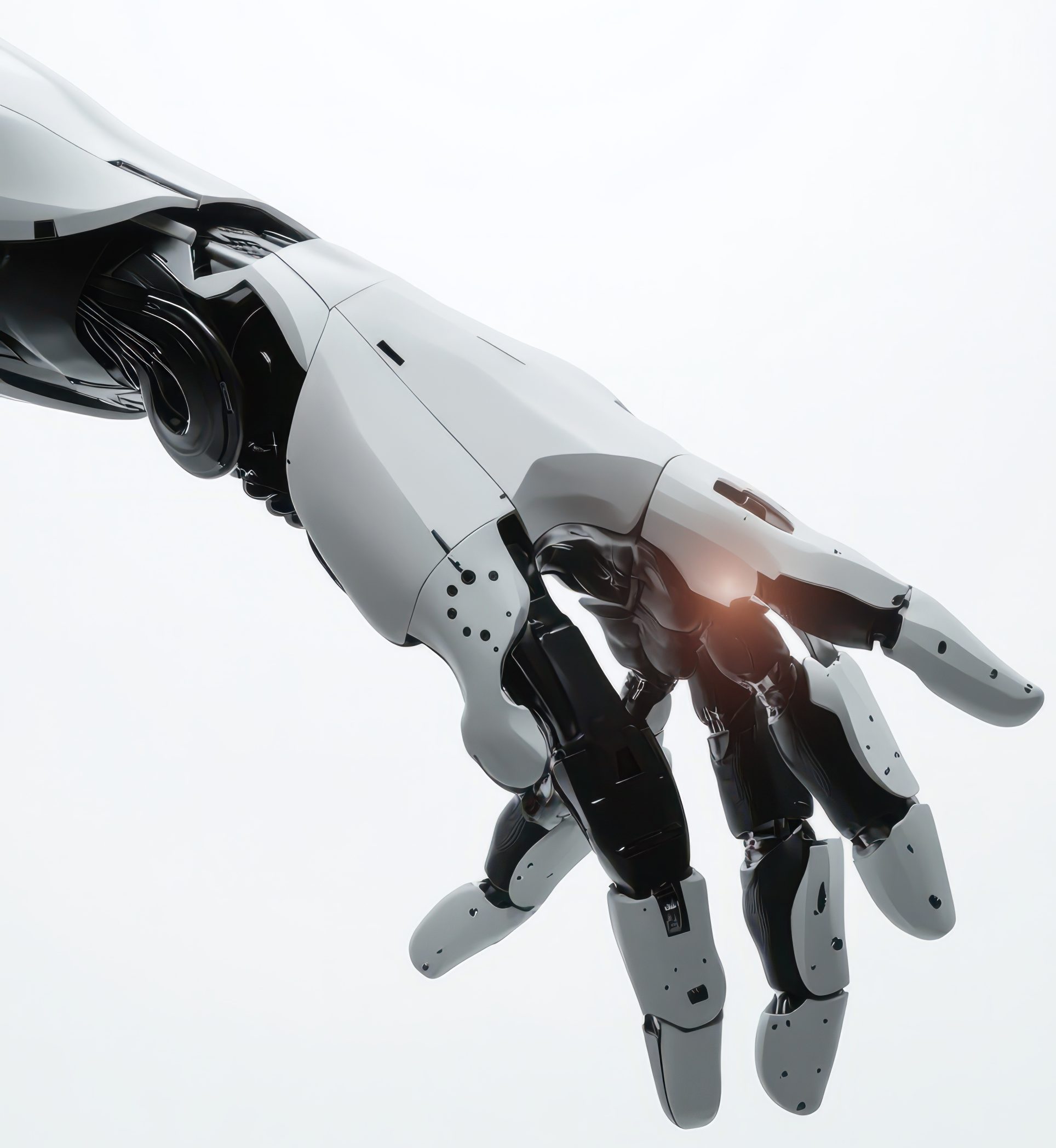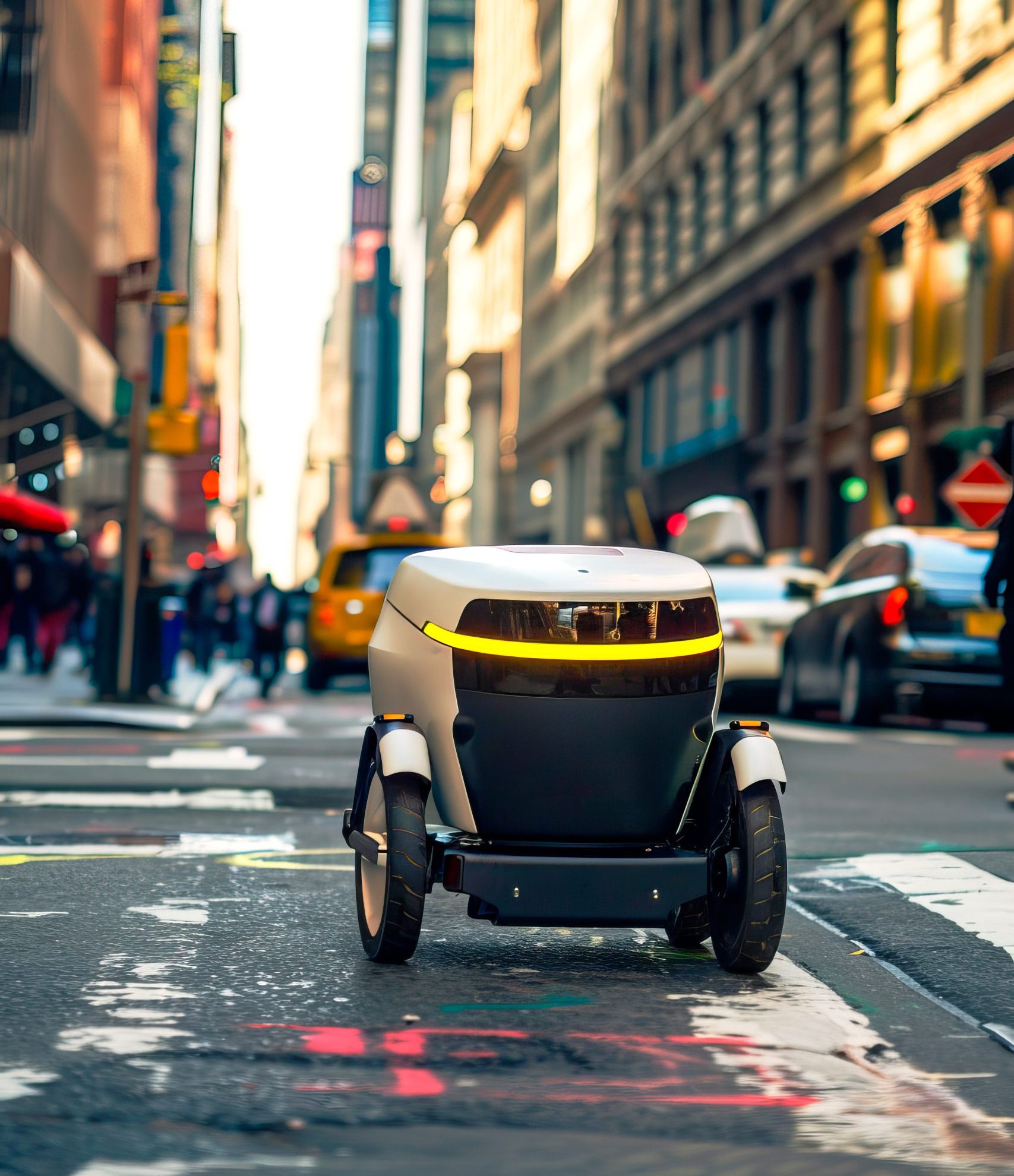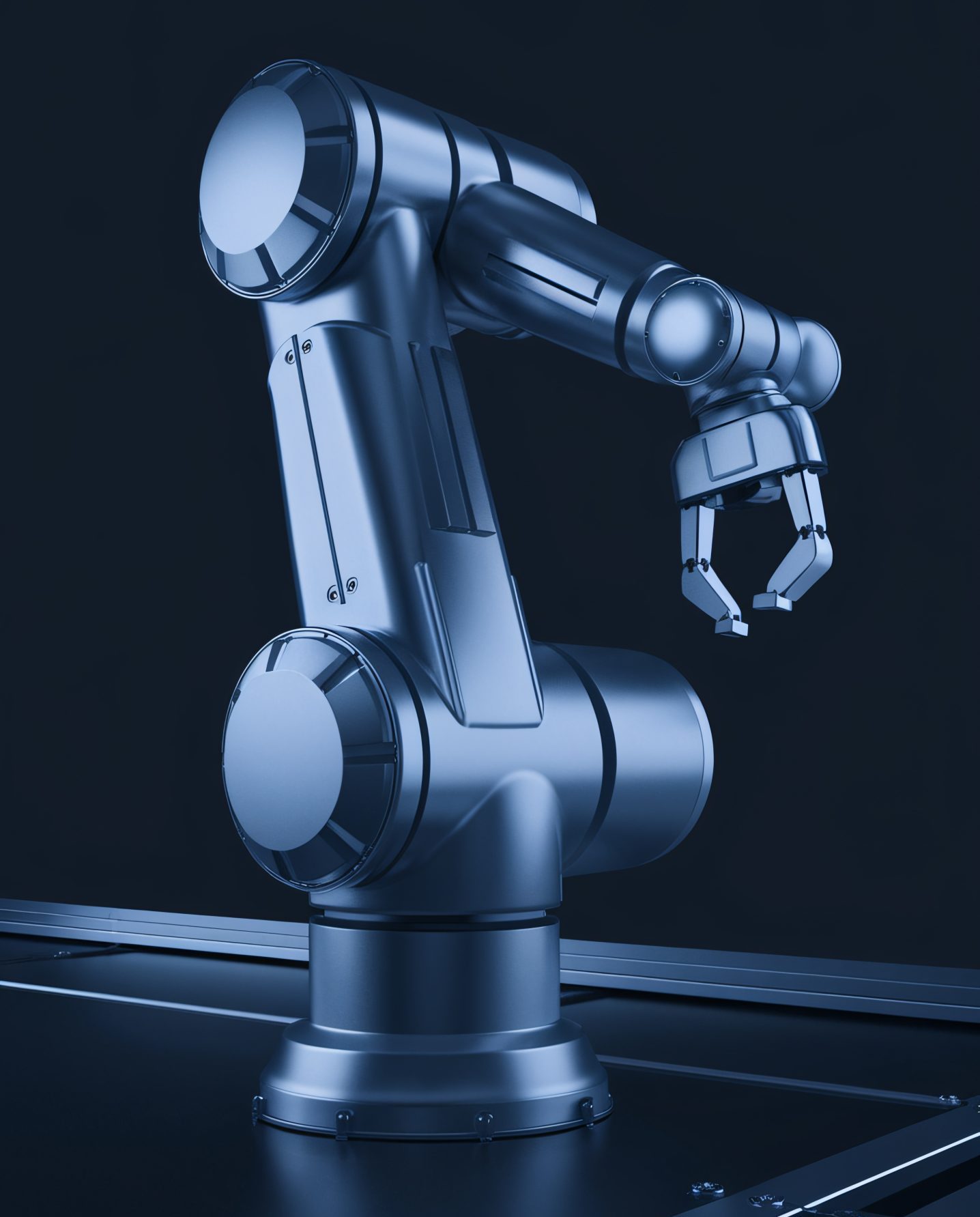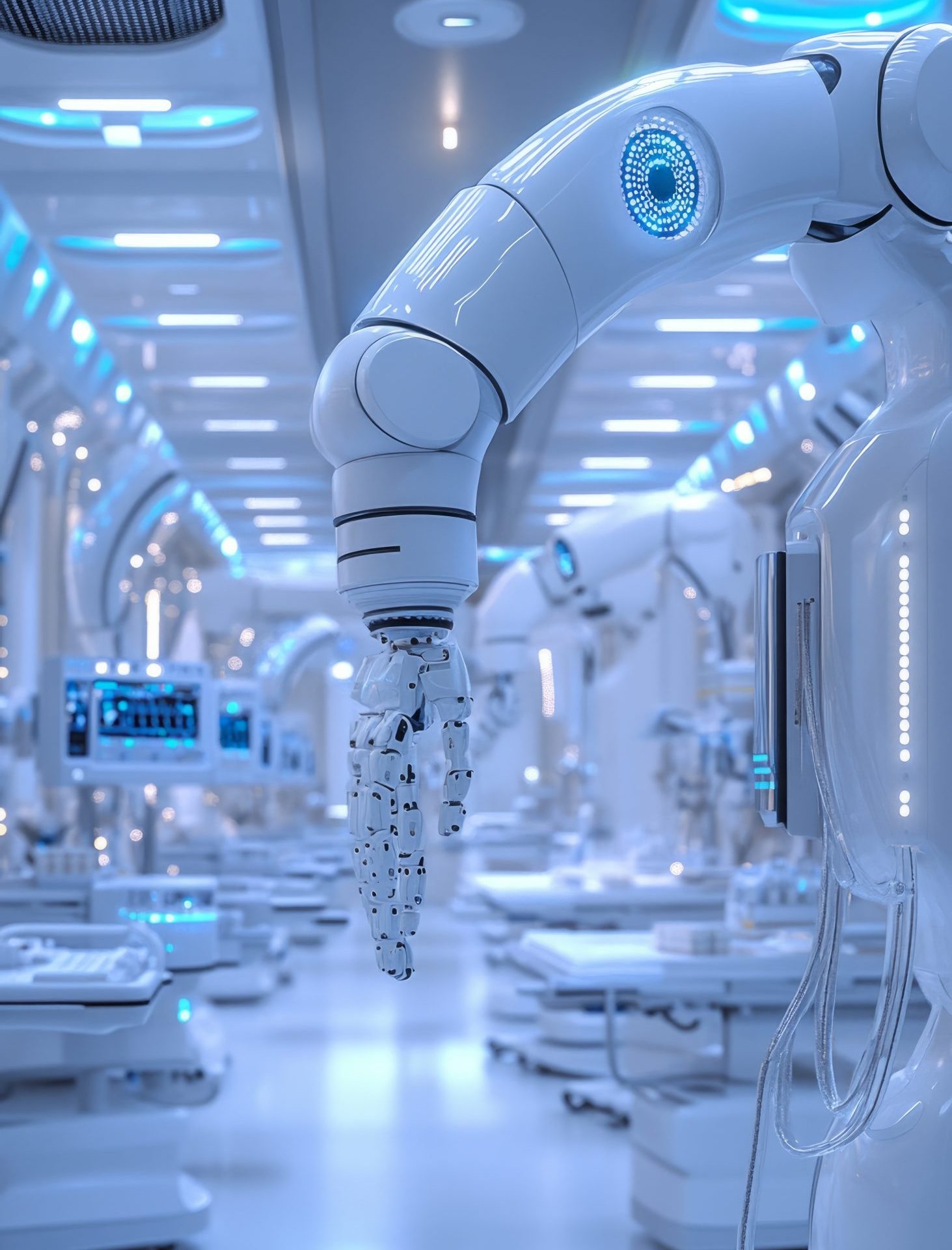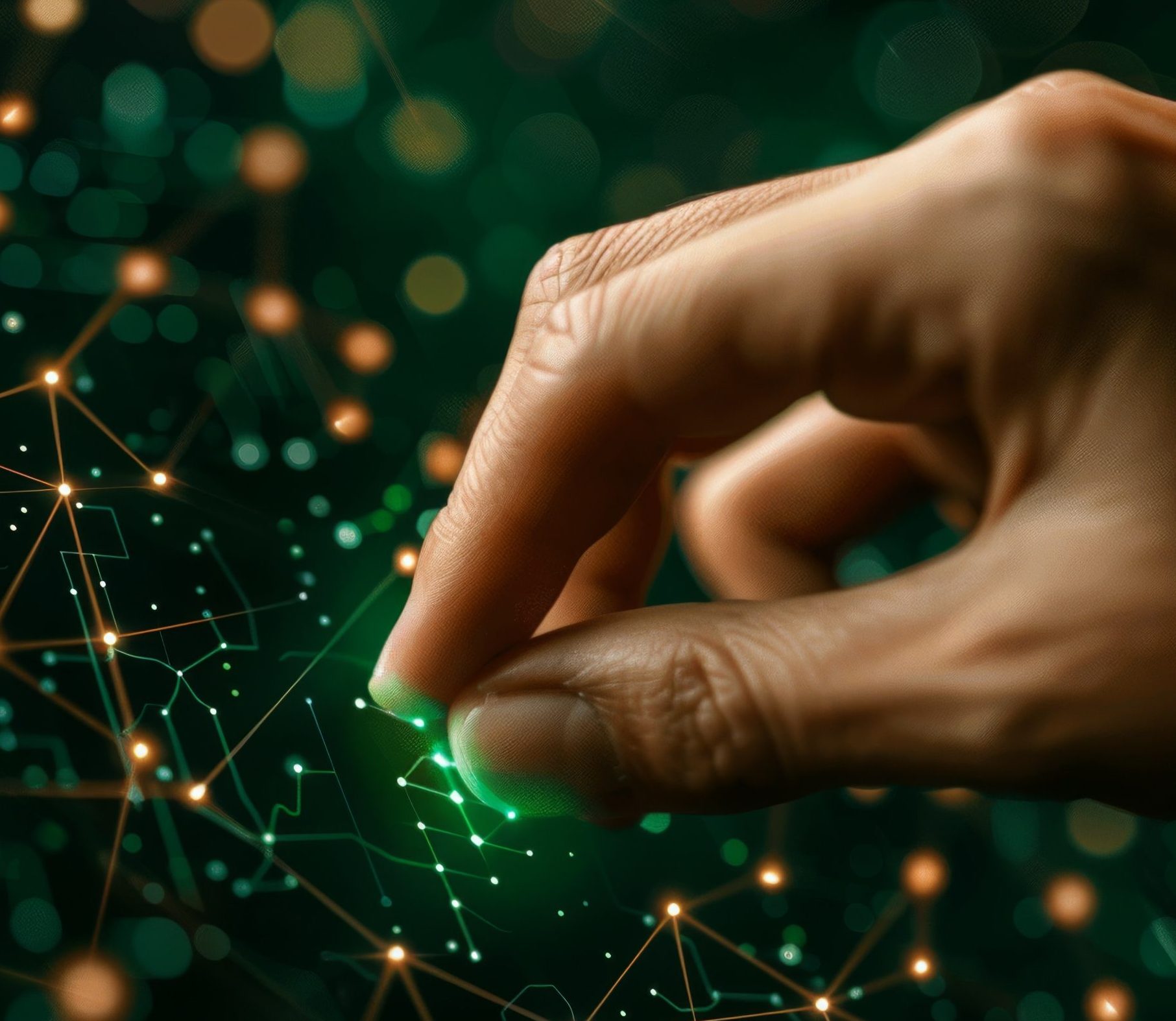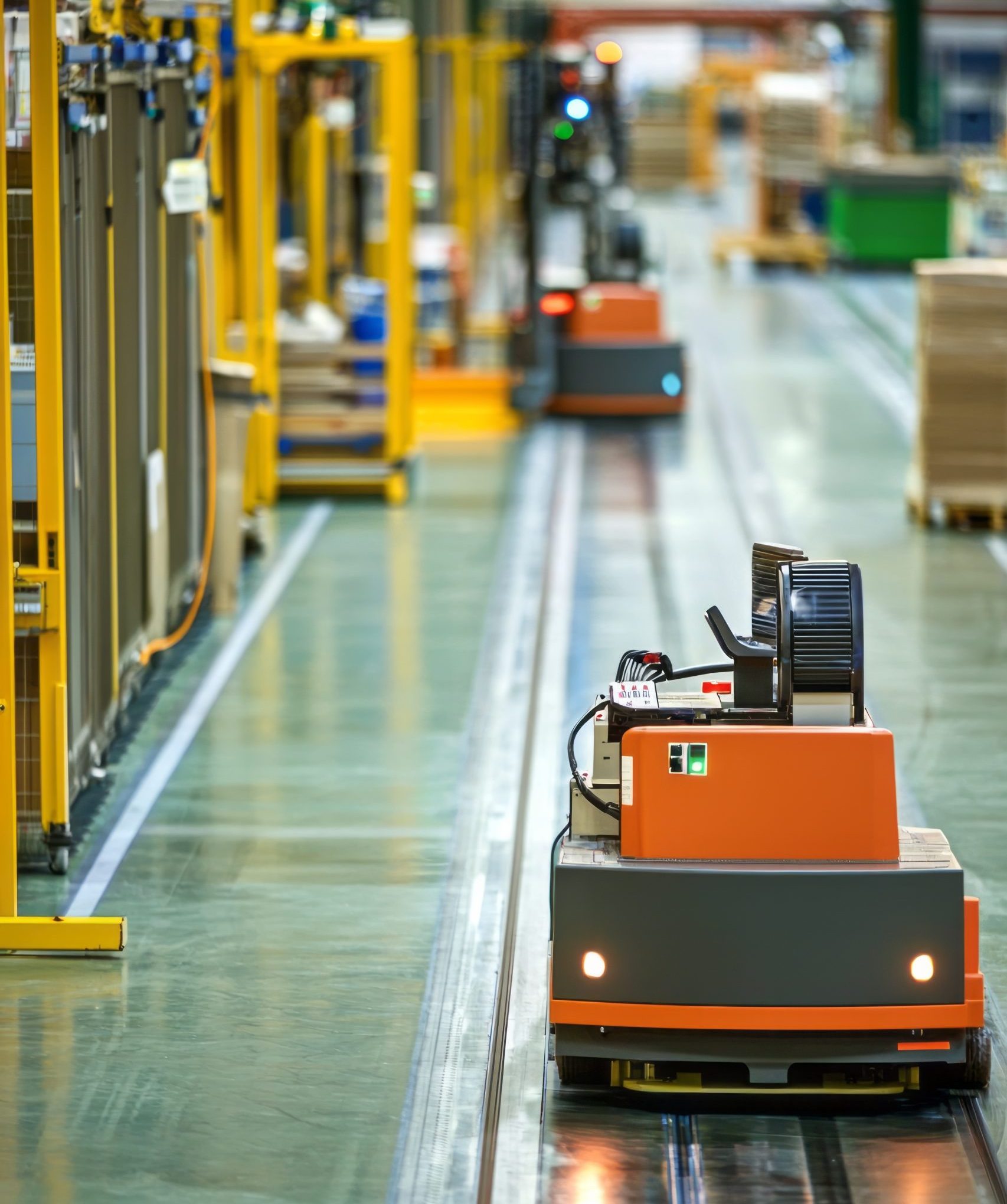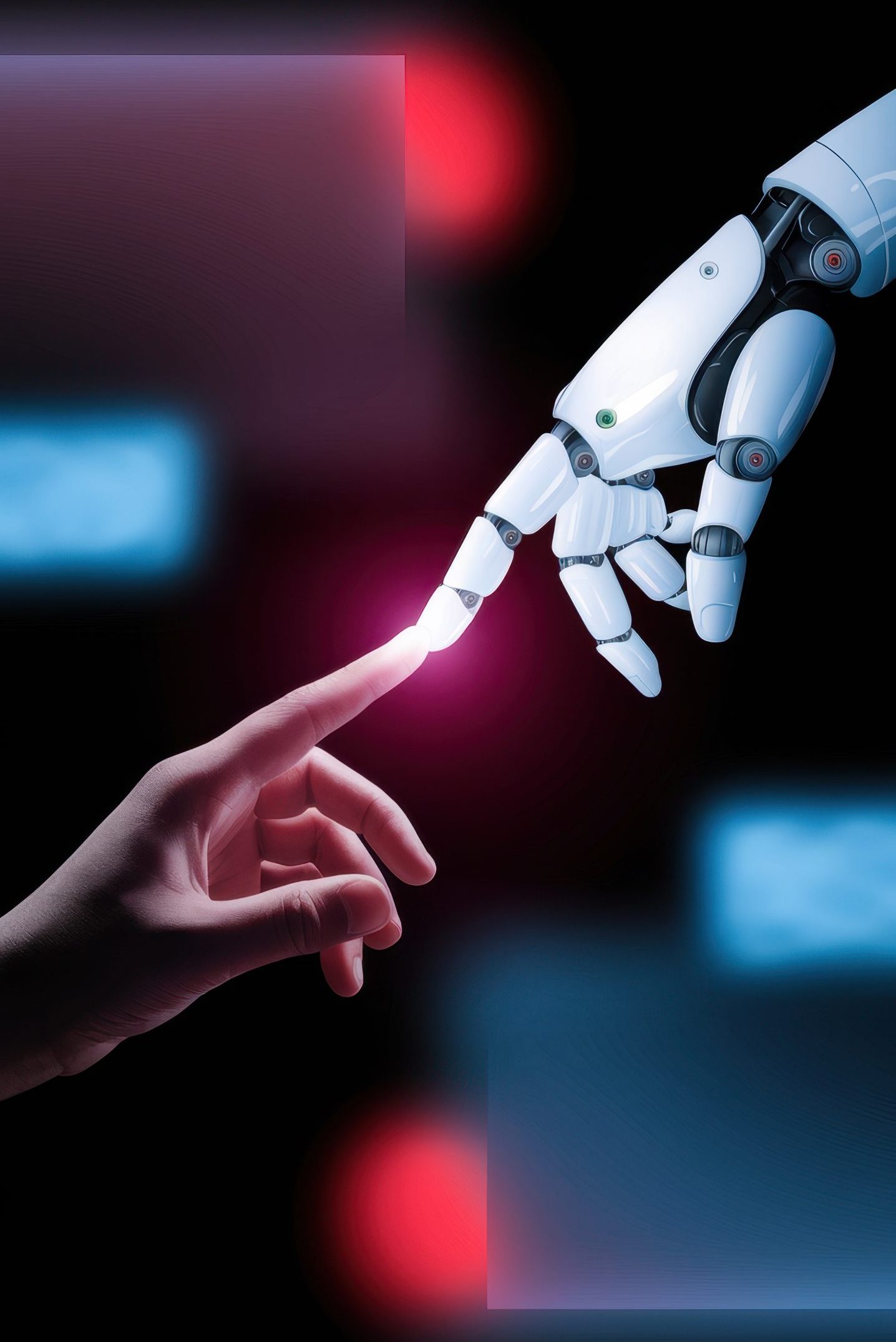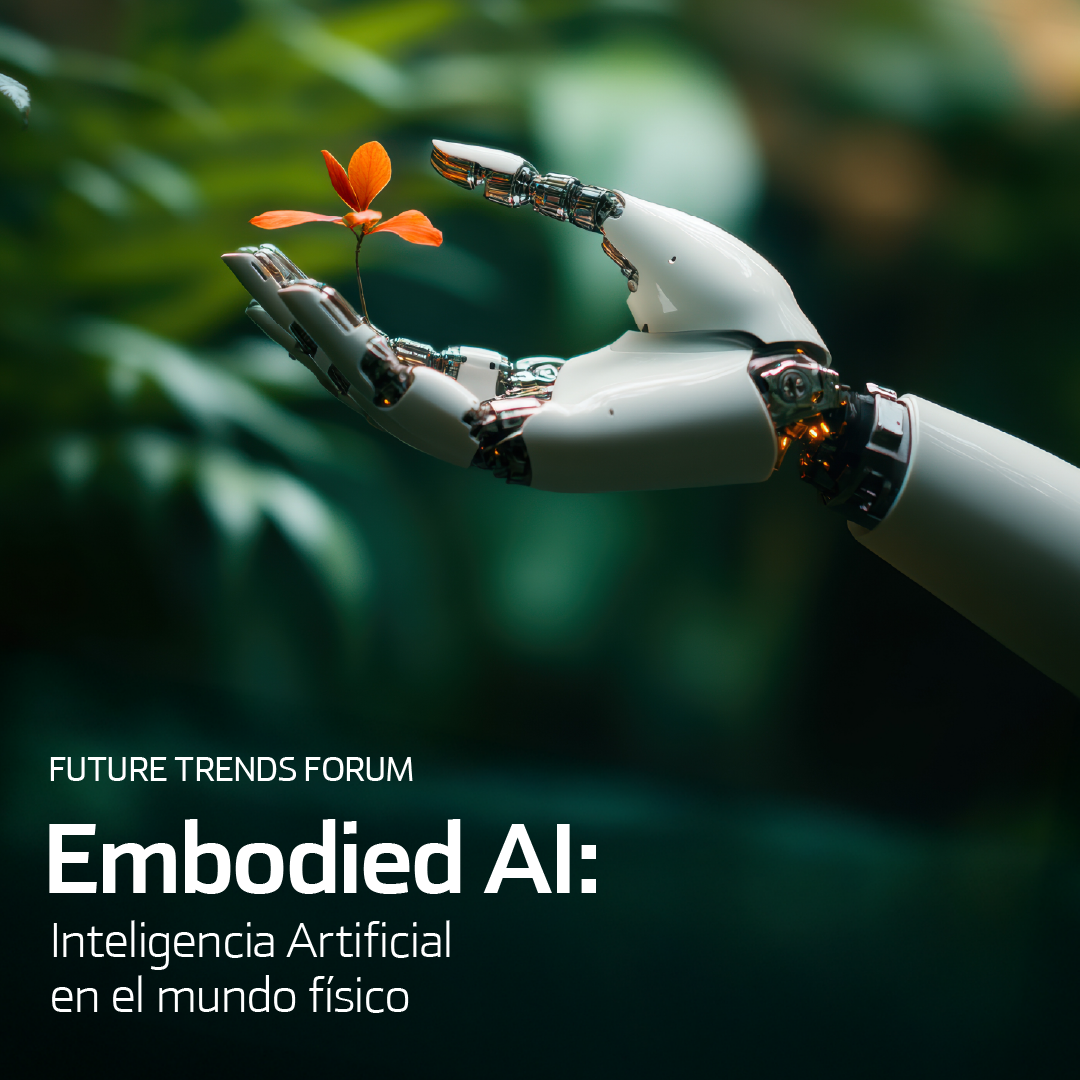Embodied AI is revolutionizing the way machines interact with the real world. Thanks to advanced sensors, actuators, and learning models, artificial intelligence not only processes information, but also perceives, acts, and adapts.
This advance represents a paradigm shift in the relationship between humans and machines. This opens up new possibilities in sectors such as healthcare, mobility and industrial automation, where the ability to adapt and learn in real time is key.



